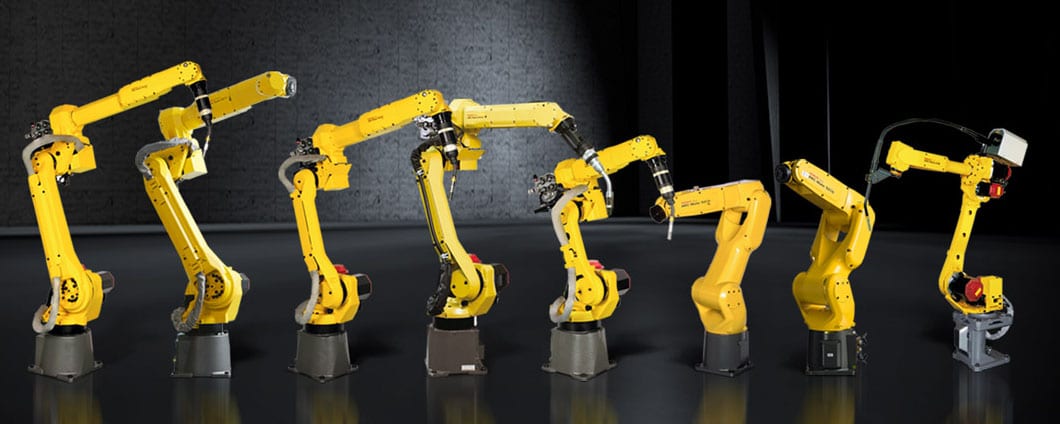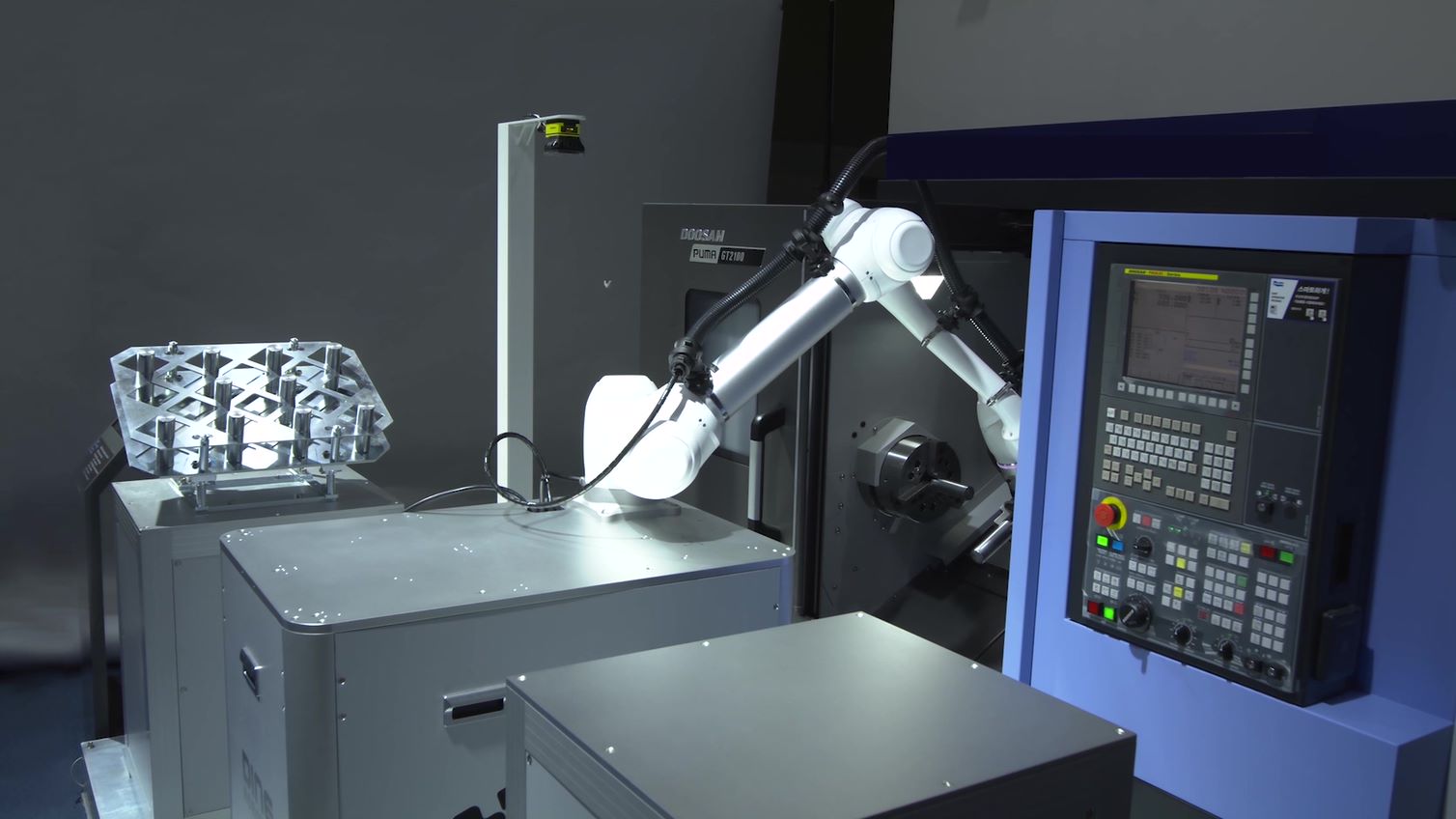Cobots - An Explanation
The term cobot is a relatively new one in the robotic process automation industry, referring to an entire range of robots that can work collaboratively alongside their human counterparts. Differing from their industrial robot cousins, collaborative robots (or cobots) have opened up a slew of new possibilities within manufacturing and other industries making automation more accessible than it’s ever been before.
Because they can work alongside humans, collaborative robots have been designed differently from traditional industrial robots to make sure they are safe for human workers to be around at all times. One of the key differences is speed, the mechanics of a cobot mean the motion is far slower when compared to industrial robots. As robots don’t require safety enclosures to separate man from machine, if any collision with a human was to happen, there would be no threat of serious injury. Likewise, the design is also different, with a cobot featuring rounded edges and no trap points to minimise risk for those around it. You can read more about the design differences on cobots HERE.
In recent years, the introduction of cobots has accelerated massively with a 46% and 11% increase over the last two years respectively (2020 IFR Robotics Report). Despite this, though, the market share of cobots is very small by comparison. With just under 5% of the market taken by collaborative units, the report suggests, “the tremendous amount of media coverage on collaborative robots in recent years should not disguise the fact that the number of units installed is still very low.”

A Range of FANUC ArcMate Robots
Cobots - An Explanation
Cobots aren’t just exclusive to cobot manufacturing companies either, in fact, all traditional and industry-leading robot manufacturers have their own lines of both industrial and collaborative robots. The reason? The two are incredibly different and suited to an entirely different set of jobs.
For instance, robot process automation leader FANUC has its entirely own range of arc welding robots known as ARC Mate. A branch of its industrial robot family, the Arc Mate’s are exclusively used for welding applications and designed for this exact purpose. If you were looking at robots for welding, it would be nonsensical to choose a non-welding robot.
The same can be said for collaborative robots, they should only really be considered when the job can be truly collaborative and safe to perform both with and without humans around. If that’s not the case, and you work with hot material, sharp objects or just have volumes that the speed of a cobot can’t keep up with, then it’s likely a collaborative robot isn’t the right choice.
The clue is in the name, that’s why we’ve come up with the children’s TV-quality phrase to know if you’ve chosen the right robot: “If the robot is right, the process will be light, if the robot is wrong, the process will be long”. Summed up even more simply by saying, if you don’t make the right choice, or are guided incorrectly, you’re going to have a tough time getting things done smoothly.

Consult with the Experts and Try Before You Buy
Robots in any shape and size can help future proof your business, and with the reality of a pandemic evident, robots can also help manufacturers maintain their operations and stay on target. With that in mind, you might be wondering ‘well, how do I know which robot is right for me?’
The answer is simple. Conversation. If you’re stuck with finding out what robot is best for you and have no idea if you need a cobot or industrial robot for your process automation then get in touch with us today. We offer free, no-obligation consultation as well as a range of trial and prototyping facilities for you to see processes in action. With these complete, we can guide you down the right path, ensuring the robot you choose will not only perform to the standards you required but that it will do so safely, protecting itself and your workers.
Send us your question & let us know how we can help you
Bauromat
Stafford Park 6
Telford
TF3 3AT
United Kingdom